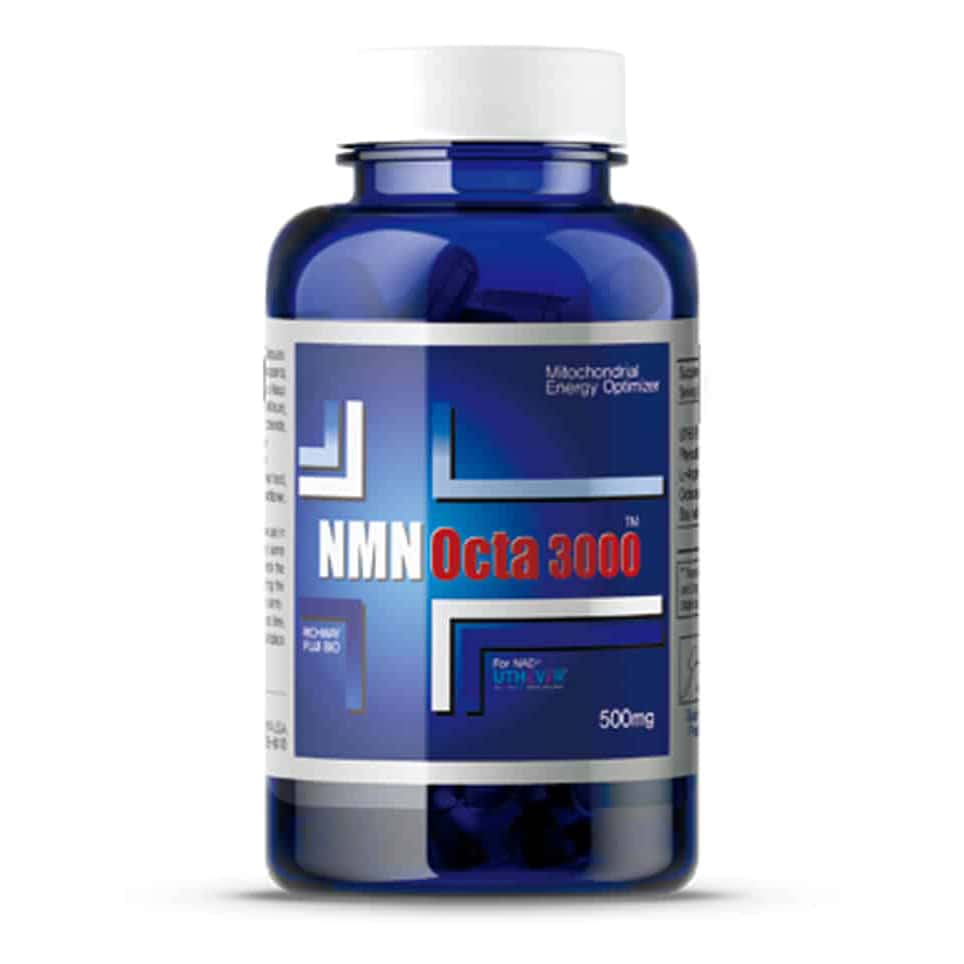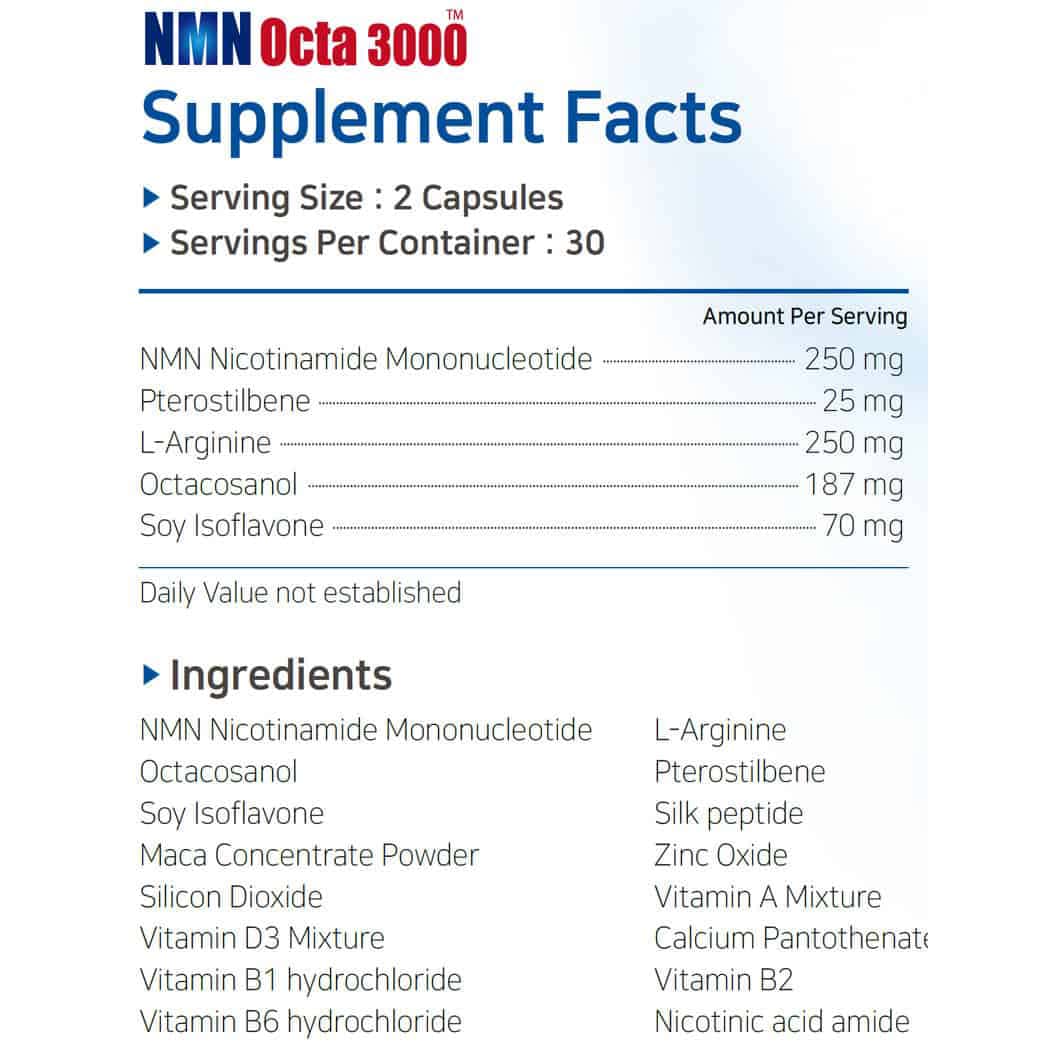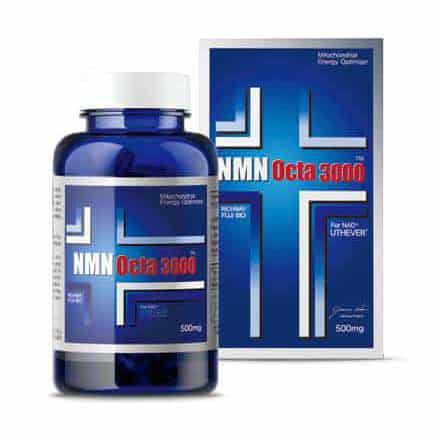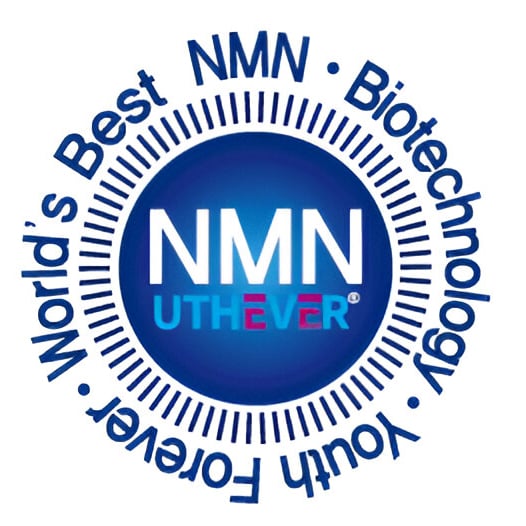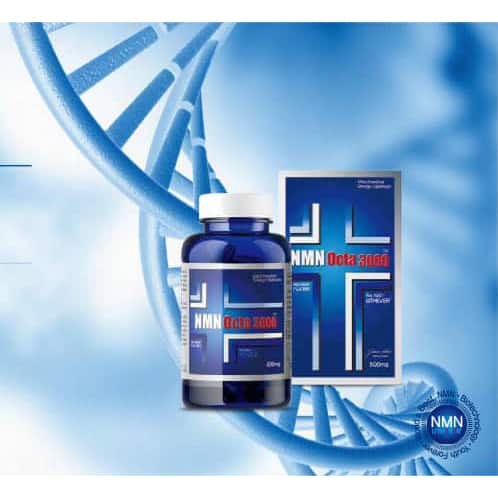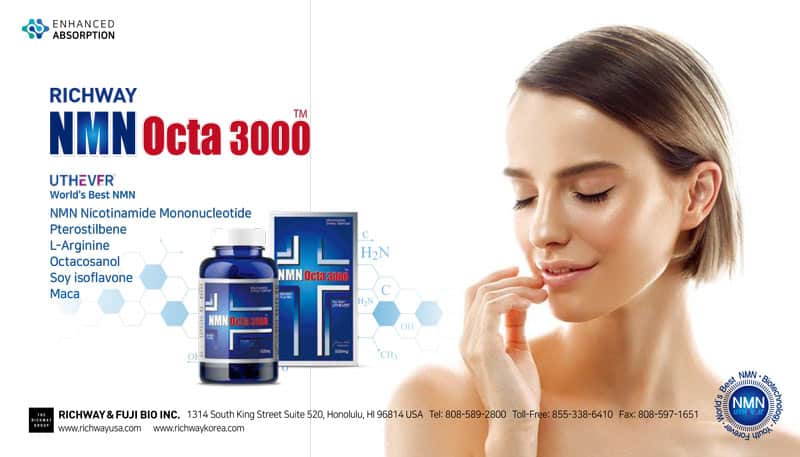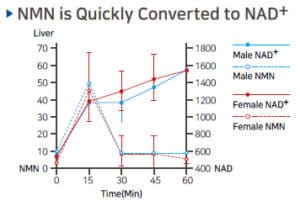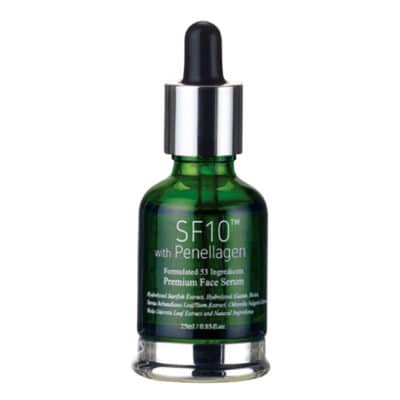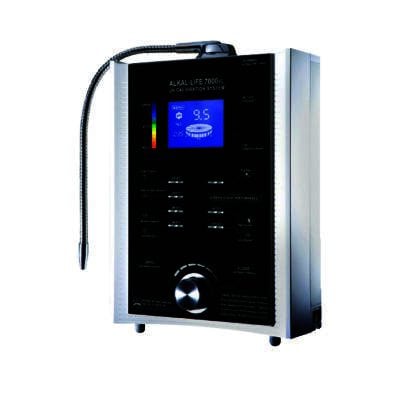Description
Richway NMN Octa 3000TM
▶ Future
Our aim is to use technology to enhance the quality of life for people and strive for a greater future. We are now in the age of experiencing high-quality biotechnology, and a better life is at our footsteps.
▶ Biotechnology
A Quality Life is not only about living longer, but also living a healthier life. With biotechnology, we can open the doors of longevity and challenge the reversing of aging.
▶ Science
Creating safe products is a priority in biotechnology. UTHEVER® NMN is the most stabilized, pure, pharmaceutical-grade NMN on the market. NMN Octa 3000 combines Octacosanol, Pterostilbene, L-Arginine, and Isoflavones.
▶ Octacosanol
NMN Octa 3000 uses Octacosanol. Octacosanol supports the efficient utilization of nutrients. Octacosanol might help improve the way our body uses oxygen.
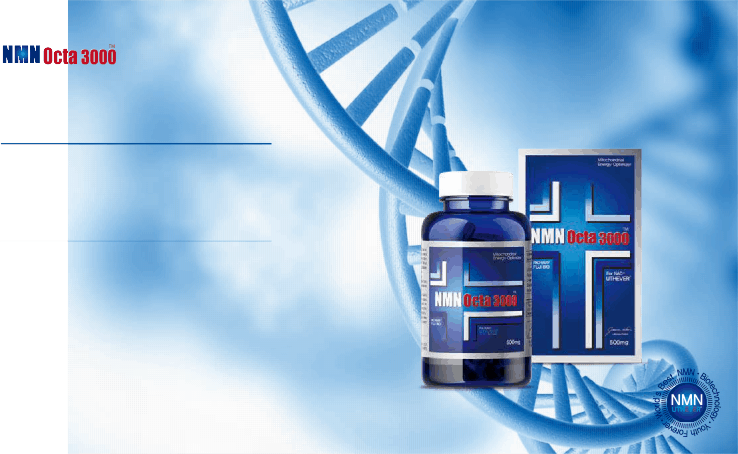
Richway NMN Octa 3000TM Supplement Facts
▶ Serving Size : 2 Capsules
▶ Servings Per Container : 30
Amount Per Serving
NMN Nicotinamide Mononucleotide: 250 mg
Pterostilbene: 25 mg
L-Arginine: 250 mg
Octacosanol: 187 mg
Soy Isoflavone: 70 mg
Daily Value not established
▶ Richway NMN Octa 3000TM Ingredients
- NMN Nicotinamide Mononucleotide
- L-Arginine
- Octacosanol
- Pterostilbene
- Soy Isoflavone
- Silk peptide
- Maca Concentrate Powder
- Zinc Oxide
- Silicon Dioxide
- Vitamin A Mixture
- Vitamin D3 Mixture
- Calcium Pantothenate
- Vitamin B1 hydrochloride
- Vitamin B2
- Vitamin B6 hydrochloride
- Nicotinic acid amide
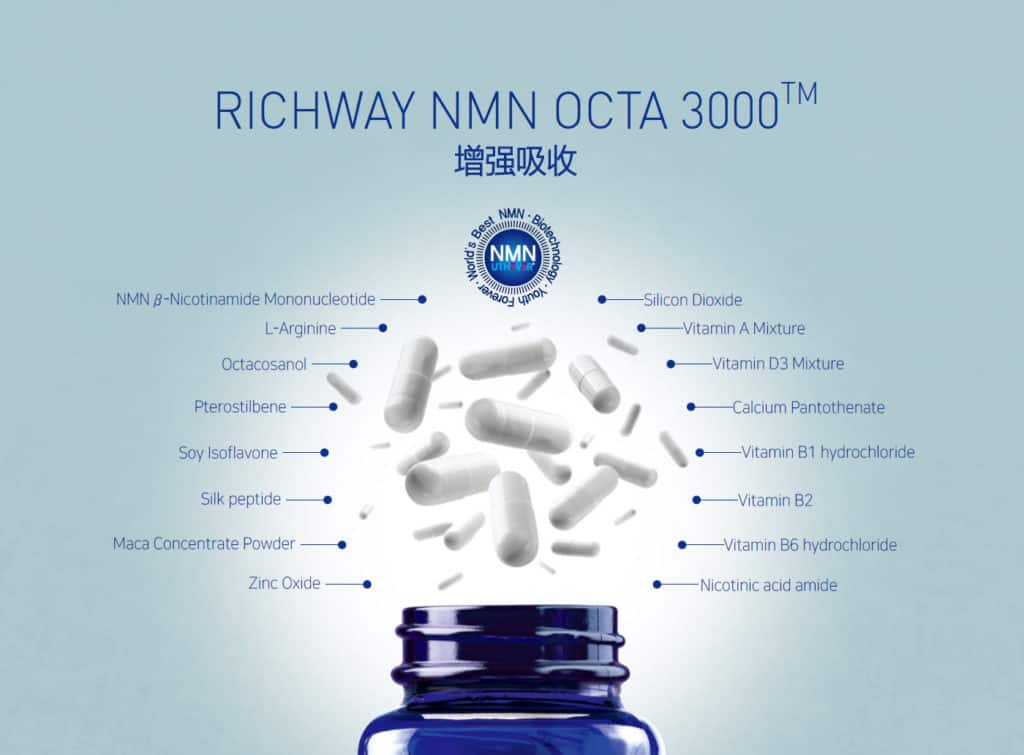
History of biochemistry and Richway NMN Octa 3000TM
The coenzyme NAD+ was first discovered by the British biochemists Arthur Harden and William John Young in 1906. They noticed that adding boiled and filtered yeast extract greatly accelerated alcoholic fermentation in unboiled yeast extracts. They called the unidentified factor responsible for this effect a coferment. Through a long and difficult purification from yeast extracts, this heat-stable factor was identified as a nucleotide sugar phosphate by Hans von Euler-Chelpin. In 1936, the German scientist Otto Heinrich Warburg showed the function of the nucleotide coenzyme in hydride transfer and identified the nicotinamide portion as the site of redox reactions.
Vitamin precursors of NAD+ were first identified in 1938, when Conrad Elvehjem showed that liver has an “anti-black tongue” activity in the form of nicotinamide. Then, in 1939, he provided the first strong evidence that niacin is used to synthesize NAD+. In the early 1940s, Arthur Kornberg was the first to detect an enzyme in the biosynthetic pathway. In 1949, the American biochemists Morris Friedkin and Albert L. Lehninger proved that NADH linked metabolic pathways such as the citric acid cycle with the synthesis of ATP in oxidative phosphorylation. In 1958, Jack Preiss and Philip Handler discovered the intermediates and enzymes involved in the biosynthesis of NAD+; salvage synthesis from nicotinic acid is termed the Preiss-Handler pathway. In 2004, Charles Brenner and co-workers uncovered the nicotinamide riboside kinase pathway to NAD+.
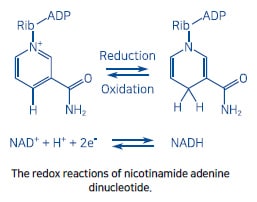
Biotechnology NAD+
▶ Physical and chemical properties
The compound accepts or donates the equivalent of H-. Such reactions (summarized in formula below) involve the removal of two hydrogen atoms from the reactant (R), in the form of a hydride ion (H-), and a proton (H+). The proton is released into solution, while the reductant RH2 is oxidized and NAD+ reduced co-discoverer of NAD to NADH by transfer of the hydride to the nicotinamide ring.
RH2 + NAD+ → NADH + H+ + R;
From the hydride electron pair, one electron is transferred to the positively charged nitrogen of the nicotinamide ring of NAD+, and the second hydrogen atom transferred to the C4 carbon atom opposite this nitrogen. The midpoint potential of the NAD+/NADH redox pair is − 0.32 volts, which makes NADH a strong reducing agent. The reaction is easily reversible, when NADH reduces another molecule and is re-oxidized to NAD+. This means the coenzyme can continuously cycle between the NAD+ and NADH forms without being consumed.
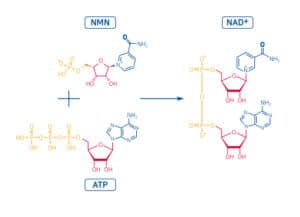
NAD+ Biosynthesis from NMN
How is NMN Synthesized In the Body?
NMN is produced from B vitamins in the body. The enzyme responsible for making NMN in the body is called
nicotinamide phosphoribosyltransferase (NAMPT). NAMPT attaches nicotinamide (a vitamin B3) to a sugar phosphate called PRPP (5’-phosphoribosyl-1-pyrophosphate). NMN can also be made from ‘nicotinamide riboside’ (NR) through the addition of a phosphate group.
‘NAMPT’ is the rate-limiting enzyme in the production of NAD+. This means lower levels of NAMPT cause decreased NMN production, resulting in decreased NAD+ levels. Adding precursor molecules like NMN can also speed up NAD+ production.
What’s NMN?
NMN stands for nicotinamide mononucleotide, a molecule naturally occurring in all life forms. At the molecular level, it is a ribo-nucleotide, which is a basic structural unit of the nucleic acid RNA. Structurally, the molecule is composed of a nicotinamide group, a ribose and a phosphate group. NMN is the direct precursor of the essential molecule nicotinamide adenine dinucleotide (NAD+) and is considered a key component to increase NAD+ levels in cells.
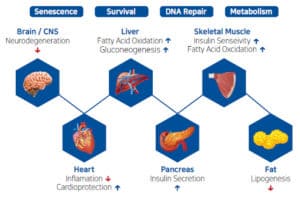
▶ What is Nicotinamide Adenine Dinucleotide (NAD+)?
NAD+ is an essential coenzyme required for life and cellular functions. Enzymes are catalysts that make biochemical reactions possible. Coenzymes are ‘helper’ molecules that enzymes need in order to function.
▶ What Does NAD+ Do?
NAD+ is the most abundant molecule in the body besides water, and without it, an organism would die. NAD+ is used by many proteins throughout the body, such as the sirtuins, which repair damaged DNA. It is also important
for mitochondria, which are the powerhouses of the cell and generate the chemical energy that our bodies use.

▶ NAD+ Functions as a Coenzyme in Mitochondria
NAD+ plays an especially active role in metabolic processes, such as glycolysis, the TCA Cycle (AKA Krebs Cycle or Citric Acid cycle), and the electron transport chain, which occurs in our mitochondria and is how we obtain cellular energy. In its role as a ligand, NAD+ binds to enzymes and transfers electrons between molecules. Electrons are the atomic basis for cellular energy and by transferring them from one molecule to the next, NAD+ acts through a cellular mechanism similar to recharging a battery. A battery is depleted when electrons are expended to provide energy. Those electrons can’t return to their starting point without a boost. In cells, NAD+ serves as that booster. In this way, NAD+ can decrease or increase enzyme activity, gene expression, and cell signaling.
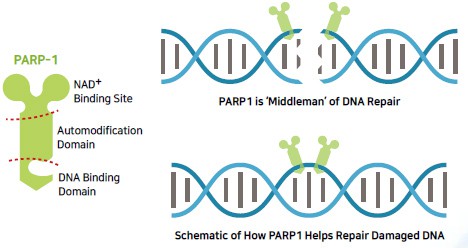
▶ NAD+ Might Help Control DNA Damage
As organisms grow older, they accrue DNA damage due to environmental factors such as radiation, pollution, and imprecise DNA replication. According to the current aging theory, the accumulation of DNA damage is the main cause of aging. Almost all cells contain the ‘molecular machinery’ to repair this damage. This machinery consumes NAD+ and energy molecules. Therefore, excessive DNA damage can drain valuable cellular resources.
One important DNA repair protein, PARP (Poly (ADP-ribose) polymerase), depends on NAD+ to function. Older individuals experience decreased levels of NAD+. The accumulation of DNA damage as a result of the normal aging process leads to increased PARP, which causes decreased NAD+ concentration. This depletion is exacerbated by any further DNA damage in the mitochondria.
NAD+ is the fuel that helps sirtuins sustain genome integrity and promote DNA repair. Like a car cannot drive without fuel, sirtuins’ activation requires NAD+. Results from animal studies showed that raising NAD+ levels in the body activates sirtuins and increases the lifespans of yeast, worms, and mice.
Although animal studies showed promising results in anti-aging properties, scientists are still studying how these results can translate to humans. NAD+ is one of the keys to maintaining healthy mitochondrial functions and steady energy output. Aging and a high-fat diet reduce the level of NAD+ in the body. Studies have shown that taking NAD+ boosters can alleviate diet-associated and age-associated weight gain in mice and improve their exercise capacity, even in aged mice. Other studies even reversed the diabetes effect in female mice, showing new strategies to fight metabolic disorders, such as obesity.
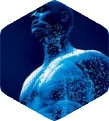
How is NMN Synthesized In the Body?
NMN is produced from B vitamins in the body. The enzyme responsible for making NMN in the body is called nicotinamide phosphoribosyltransferase (NAMPT). NAMPT attaches nicotinamide (a vitamin B3) to a sugar phosphate called PRPP (5’-phosphoribosyl-1- pyrophosphate). NMN can also be made from ‘nicotinamide riboside’ (NR) through the addition of a phosphate group.
‘NAMPT’ is the rate-limiting enzyme in the production of NAD+. This means lower levels of NAMPT cause decreased NMN production, resulting in decreased NAD+ levels. Adding precursor molecules like NMN can also speed up NAD+ production.
Methods to Increase NAD+ levels
Fasting or reducing calorie intake, better known as calorie restriction, has been shown to increase NAD+ levels and sirtuin activity. In mice, the increased NAD+ and sirtuin activity from calorie restriction has been shown to slow the aging process. Although NAD+ is present in some foods, the concentrations are too low to affect intracellular concentrations. Taking certain supplements, such as NMN, has been shown to increase NAD+ levels.
▶ NAD+ Supplement as NMN
Intracellular concentrations of NAD+ decrease from aging as normal cellular functions deplete NAD+ supplies over time. Healthy levels of NAD+ are thought to be restored by supplementation with NAD+ precursors. According to research, precursors such as NMN and nicotinamide riboside (NR) are viewed as supplements of NAD+ production, increasing concentrations of NAD+. David Sinclair, a NAD+ researcher from Harvard, says, “Feeding or administering NAD+ directly to organisms is not a practical option. The NAD+ molecule cannot readily cross cell membranes to enter cells, and therefore would be unavailable to positively affect metabolism. Instead, precursor molecules to NAD+ must be used to increase bioavailable levels of NAD+.” This means NAD+ cannot be used as a direct supplement because it is not easily absorbed. NAD+ precursors are more easily absorbed than NAD+ and are more effective supplements.
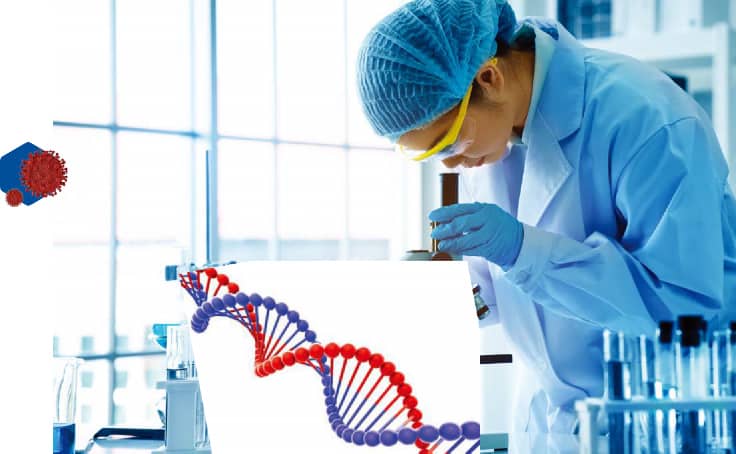
NMN with Pterostilbene
What is Pterostilbene ?
Pterostilbene is a dimethylated derivative of resveratrol that, for some mechanisms, is more potent. It is also much better absorbed, and is commonly referred to as a ‘better resveratrol’. It looks promising.
While most of the actions of the two are comparable, pterostilbene appears to be much more well absorbed by oral ingestion and maybe a more potent antioxidant and anticancer molecule.
One of Pterostilbene’s main jobs is to help the plant fight off pathogens. When eaten by humans, Pterostilbene may serve as powerful antioxidants. Many more benefits of pterostilbene are likely to be uncovered.

NMN with Octacosanol
What is Octacosanol?
Octacosanol is similar to vitamin E. Octacosanol is thought to improve upon the body’s natural ability to process and use oxygen. Octacosanol is used as a supplement by some athletes.
It is thought to help the body process oxygen and increase the amount of oxygen that is in the blood and flowing to the muscles. It is taken to increase strength and stamina, as well as to improve reaction time. Athletes consistently outperformed the control group of athletes and those who were given amounts of vitamin E. Octacosanol is believed to work by speeding up the process by which lactic acid is removed from muscle tissue in the cycle of oxygen through the bloodstream.
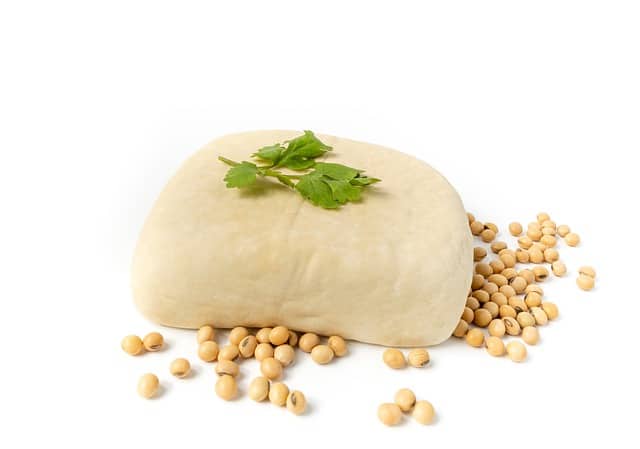
NMN with Isoflavones
What are Isoflavones?
Isoflavones are a type of polyphenol found in legumes, including soybeans, chickpeas, fava beans, pistachios, peanuts, and other fruits and nuts (USDA, 2008). Isoflavones have been associated with a number of health benefits. Isoflavones, consumed at levels found in soy foods can help maintain blood vessel health and may increase the body’s level of antioxidants and help support cellular health.
Isoflavones exhibit antioxidant, anticancer, antimicrobial, antiinflammatory, antiosteoporotic, and estrogenic properties. It has been demonstrated that the anticancer effects of isoflavones may be due to their ability to arrest cancer cell growth, inhibit enzyme systems related to malignant activity, induce apoptosis in cancer cells, and death of cancer cells, without altering the cell cycle distribution. (Brown et al., 2004; DiSilvestro, Mattern, Wood, & Devor, 2006).
NMN with Silk Peptide
What is Silk Peptide ?
Silk Peptides are a highly purified grade of natural silk powder. Silk Peptide contains 18 different amino acids and all have a chemical composition that is very close to that of human skin and hair making them a wonderful source of nourishment and maintenance. Silk Peptide penetrates the skin and hair thereby giving it a more value-added aspect to go along with appearance enhancements. Your hair would be shinier and smoother since it dries and forms a protective crystalline film on your hair, which is less sticky than collagen or keratin. Upon penetrating the skin, Silk Peptide helps to make the skin moist while providing an attractive and healthy sheen.
NMN with Maca
What is Maca?
The maca plant, scientifically known as Lepidium meyenii, is sometimes referred to as Peruvian
ginseng. It grows mainly in the Andes of central Peru, in harsh conditions and at very high altitudes — above
13,000 feet (4,000 meters). Maca root powder is very nutritious and is a great source of several important vitamins and minerals.
It may increase Libido in Men and Women
Reduced sexual desire is a common problem among adults. Consequently, interest in herbs and plants that naturally boost libido is great. Maca has been heavily marketed as being effective at improving sexual desire, and this claim is supported by research (5 Trusted Sources). It may improve male fertility. When it comes to male fertility, sperm quality and quantity is very important.
NMN with Vitamin D3
What is Vitamin D3?
Vitamin D3, also known as the “sunshine vitamin,” provides benefits throughout your body. As it circulates
through your bloodstream, it aids in the absorption of calcium and phosphorus, which helps keep your bones
strong. It’s involved in a healthy immune system, and it’s beneficial to mood, heart health, and even weight loss.
Vitamin D3 offers many health benefits. It is known to help strengthen bones and muscles, boost immunity, increase mood, aid in weight loss, and improve heart function.
Vitamin D is known to help both the muscles and bones. It enhances the absorption of calcium in the small intestine. If your body doesn’t have enough vitamin D to absorb calcium, it’ll pull calcium out of your bones.
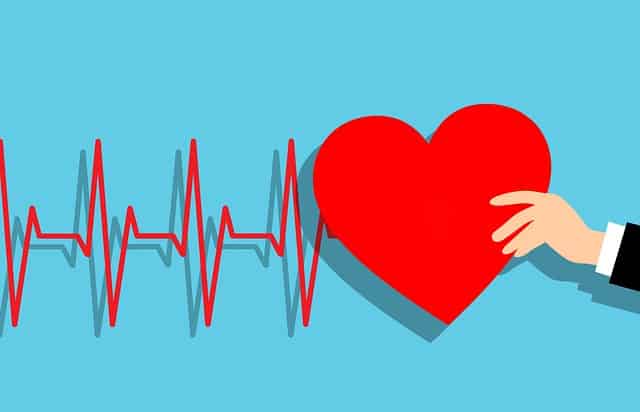
NMN with L-Arginine
What is L-Arginine?
L-Arginine has gotten lots of attention lately for its potential heart benefits. That’s important because, today, more than 85 million Americans have some form of cardiovascular disease.
Arginine, also known as L-arginine, is involved in a number of different functions in the body. As a natural dietary supplement, arginine has garnered particular attention for its possible heart benefits. In the body, the amino acid arginine changes into nitric oxide (NO). Nitric oxide is a powerful neurotransmitter that helps blood vessels relax and improves circulation. Since arginine may help arteries relax and improve blood flow, it may also help with erectile dysfunction.
Try also our Alkal-Life Water Ionizer 7000SL. Alkal-LIfe 7000sL filters and ionizes water to keep you hydrated. Ensuring proper hydration with a pH-balanced water means you will enjoy regulated mood and energy levels and clarity of mind.
Product Details
Serving Size: 2 Capsules
Servings Per Container: 30
Resources
How to use your Biomat and settings
Setting up your Richway Biomat 7000MX
Biomat repair service policy
The Biomat repair and service
policy
Frequently asked questionsBiomat warranty
Commonly asked questions about the Biomat 7000MX

